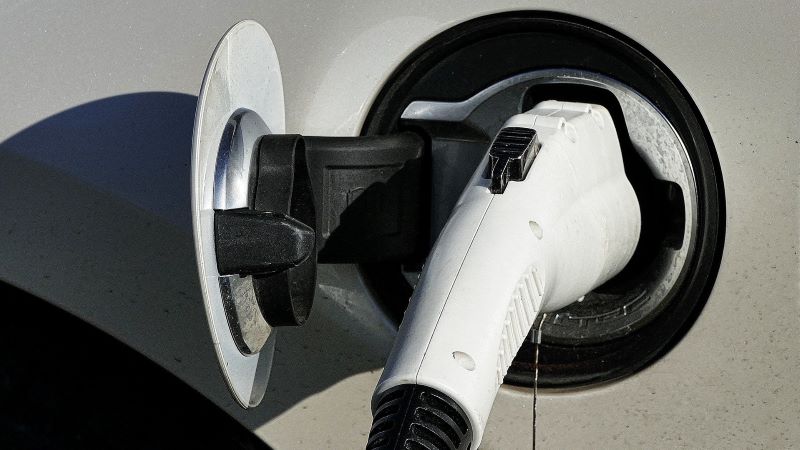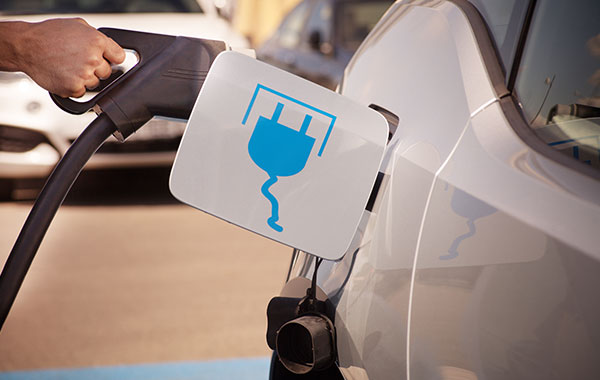New registrations of vehicles with alternative drives increased by 3 percent in February compared to the same month last year. There was a particularly strong increase in unplugged hybrids. In February, 47,064 new hybrids were registered (up 24 percent). This represents almost a quarter of all new passenger car registrations. Among the hybrids, 6,746 were full hybrids, 95 percent of which came from VDIK brands.
In February, 44,405 new electric vehicles also hit the roads. This is a decrease of 11 percent compared to the same month last year. However, the picture is differentiated. Battery-electric passenger cars increased by 15 percent to 32,475 units. Plug-in hybrids recorded a 45 percent slump, with only 11,916 new registrations. These vehicles will no longer be eligible for the environmental bonus from the beginning of 2023. In January and February, 50,611 battery-electric passenger cars were newly registered (up 3 percent year-on-year). In addition, 20,769 plug-in hybrids were newly registered (minus 49 percent).
The VDIK regularly updates the list of electric vehicles from international manufacturers. The VDIK member companies currently offer 200 electric models (passenger cars and commercial vehicles) that customers can order in Germany. The VDIK electric list can be accessed here.
In the overall passenger car market, alternative powertrains have a share of 42 percent since the beginning of the year, which is one percentage point less than in the same period last year. Gasoline engines gained market share (38 percent), while diesels declined further to 20 percent.
| February | January – February | ||||||
|---|---|---|---|---|---|---|---|
| Change vs. 2021 (%) |
Change vs. 2021 (%) |
Share of total car market |
Market share VDIK (%) |
||||
| BEV | 32,475 | 15 | 50,611 | 3 | 13 | 30 | |
| PHEV | 11,916 | -45 | 20,769 | -49 | 5 | 35 | |
| FCEV | 14 | -65 | 33 | -45 | 0 | 85 | |
| Electric Vehicles (total) | 44,405 | -11 | 71,413 | -20 | 18 | 32 | |
| HEV including: |
47,064 | 24 | 88,983 | 22 | 23 | 41 | |
| full hybrid | 6,746 | 17 | 13,636 | 28 | 3 | 95 | |
| mild hybrid | 40,318 | 26 | 75,347 | 21 | 20 | 32 | |
| CNG | 110 | -62 | 207 | -57 | 0 | 71 | |
| LPG | 839 | -52 | 1,907 | -26 | 1 | 99 | |
| Alternative Drivetrains (total) | 92,418 | 3 | 162,510 | -2 | 42 | 43 | |
| Petrol | 75,357 | 9 | 145,279 | 6 | 38 | 40 | |
| Diesel | 38,433 | -7 | 77,663 | -4 | 20 | 32 | |
| for information: | |||||||
| Passenger car (total) | 206,210 | 3 | 385,457 | 0 | 38 | ||
Electric vehicles: BEV, PHEV und FCEV
BEV, Batterieelektrisches Fahrzeug, engl: Battery Electric Vehicle
PHEV, Plug-In-Hybrid, engl: Plug-In Hybrid Electric Vehicle
FCEV, Brennstoffzellenfahrzeug / Wasserstofffahrzeug, engl.: Fuel Cell Electric Vehicle
Hybride, Hybrid ohne Stecker bzw. nicht aufladbar, engl.: Hybrid Electric Vehicle
CNG, Gasförmiges Erdgas, engl: Compressed Natural Gas
LPG, Flüssiggas bzw. Autogas, engl: Liquified Petroleum Gas
Models with a maximum e-motor output of 20 KW are classified as mild hybrids, while full hybrids have a maximum e-motor output of more than 20 KW.





